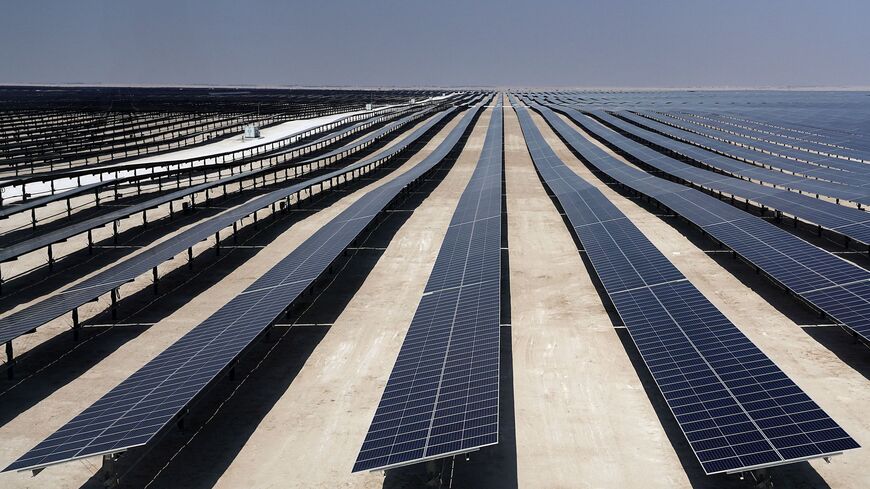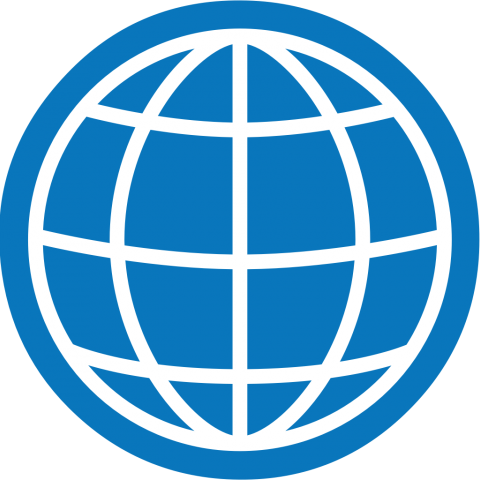Qatar inaugurates solar plant as World Cup approaches

Gas-rich Qatar inaugurated Tuesday its first solar power plant stretching across the desert, a vast site planned to provide up to 10 percent of the tiny Gulf nation's energy supply.
The solar farm in al-Kharsaah, west of the capital Doha, is "one of the biggest" in the Middle East, said Saad Sherida al-Kaabi, the emirate's energy minister and president of QatarEnergy.
It was launched in 2016 in partnership with France's TotalEnergies and Japan's Marubeni as part of a broader push by Qatar -- one of the world's biggest producers of liquified natural gas -- to invest in solar energy.
The project, at a cost of 1.7 billion Qatari riyals (about $467 million), consists of some 1.8 million solar panels and covers an area of more than 10 square kilometres (3.9 square miles).
Operational since June, the plant has a capacity of 800 megawatts and will "expand" further in coming years, Kaabi told a press conference.
Kaabi said the plant is part of Qatar's "strategic initiatives to build projects that contribute to reducing gas and thermal emissions".
During the day, sun-tracking technology moves the panels to ensure maximum solar exposure, while at night, robotic arms clean off the dust.
Organisers of the football World Cup, which begins on November 20, have used the huge solar plant to back claims that Qatar will host the first "net zero" World Cup.
But Kaabi said he could not confirm the al-Kharsaah plant will provide power for the stadiums hosting matches during the November-December tournament.
Qatar, while lagging behind other Gulf states in the solar race, has announced a target of five gigawatts of solar energy capacity by 2035.
It announced two major solar projects in August that will more than double its energy output from the renewable source within two years.
Saudi Arabia has also announced a target of five gigawatts of solar energy capacity, but vowed to reach it by 2030. The United Arab Emirates has had solar plants for more than a decade.







